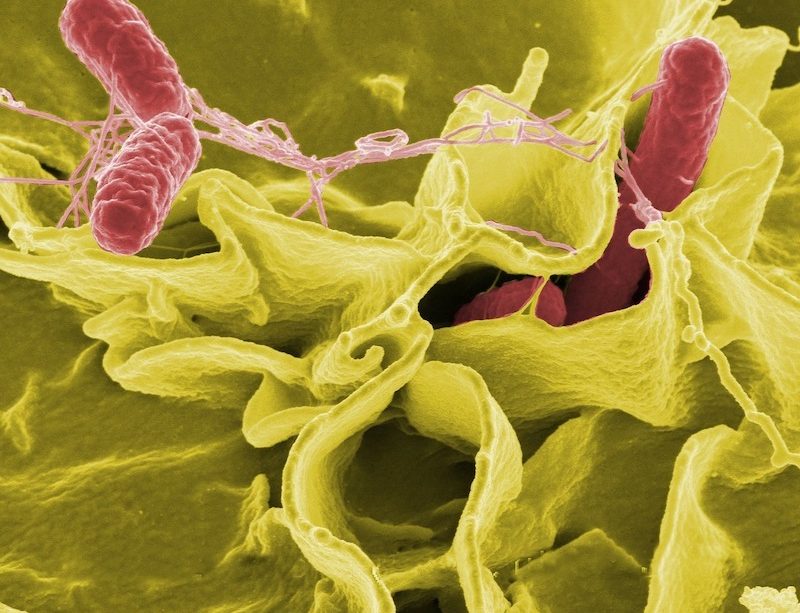Why Is Legionella Still Affecting Large Communities Nowadays

In the 50 years since medicine experts and epidemiologists first discovered Legionella bacteria and Legionnaires’ disease, we have developed techniques and learned how to test it, treat it and even prevent it. But why are people still today dying from Legionella and why are so many people becoming sick with it year after year?
Over the last twenty years, the number of reports of Legionella outbreaks has greatly increased in the United Kingdom. There are many factors contributing to this increase: a real increase in cases, a larger population at higher risk (such as elderly population), a better diagnosis, improved disease identification and reporting and a more thorough investigation of disease outbreaks by health institutions and departments.
However, the fact remains that so many people are infected and some even die from a disease that is actually preventable. It usually affects spaces where many people live or work, such as hospitals or healthcare institutions, hotels or large accommodation buildings, catering premises, large office buildings, etc. Here is where prevention is key.
What is Legionella bacteria?
Legionella and specifically Legionnaires’ disease is a respiratory illness that happens when the Legionella pneumophila bacteria infect the lungs. In order to actually become sick, you must inhale microscopic droplets of water that are actually contaminated with this bacteria. Just drinking contaminated water is not enough to make you ill, and it’s not possible to catch the illness from someone else who is sick.
It might take up to ten days for your symptoms to appear, and when these symptoms do appear, they will initially look like a severe case of flu. The disease usually begins with intense fever, coughing, perhaps shortness of breath, headaches and muscle ache. After 2 days, these symptoms will worsen to pneumonia, a fluid buildup in your lungs that will make it hard to breathe. Over the last few years, more than ninety-five per cent of people with Legionnaires’ disease ended up being hospitalised. Even if this illness is actually treatable through antibiotics, around one in eight still died from the infection.
Although Legionella bacteria is able to infect people of all ages, more than eighty per cent of reported cases were fifty years old or older and about sixty per cent were males. Regular smokers and other people with underlying lung issues – like emphysema or a chronic obstructive pulmonary illness – or a weakened immune system, due to the consumption of medicines or health issues like cancer or diabetes, are too at higher risk of infection. Measures of prevention include a wide range of things, but the best course of action is leaving the matter in the hands of professionals with the right qualifications and a Legionella certificate who are able to carry out an in-depth risk assessment.
How does Legionella spread?
We have actually learned so much about Legionella and how it spreads since it was found and identified about 50 years ago.
We understand now that Legionella can be found in freshwater all around the world, and this makes preventing disease a challenge. We know that man-made water systems, including cooling towers, fountains, hot water tanks, and also the complex plumbing systems in large buildings can grow Legionella.
There are 2 things that need to happen to a person in order to develop Legionnaires’ disease. First of all, a person needs to be exposed to Legionella bacteria by inhaling small droplets of water. Secondly, the bacteria must multiply until there are so many of them, enough to cause the disease. The first factor is nearly impossible to control, as exposure happens through actually breathing contaminated water. For instance, when you take a shower, there is no actual way to prevent breathing in the mist created by the showerhead.










